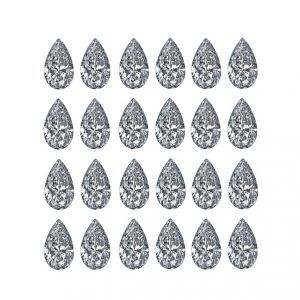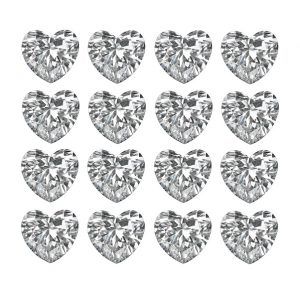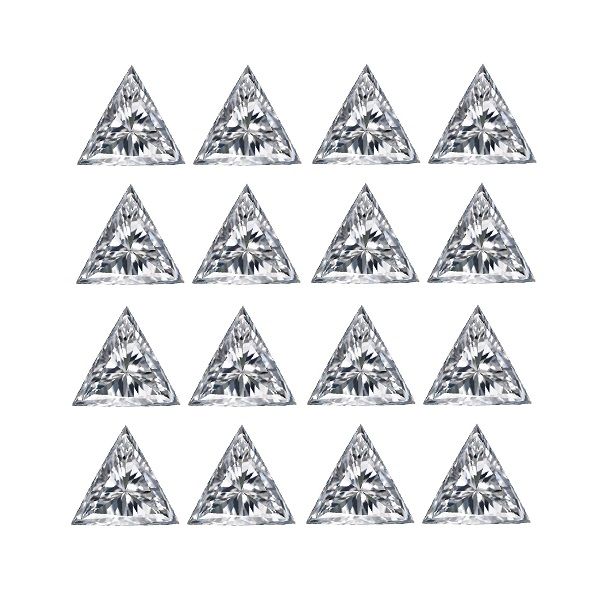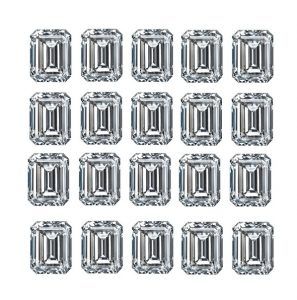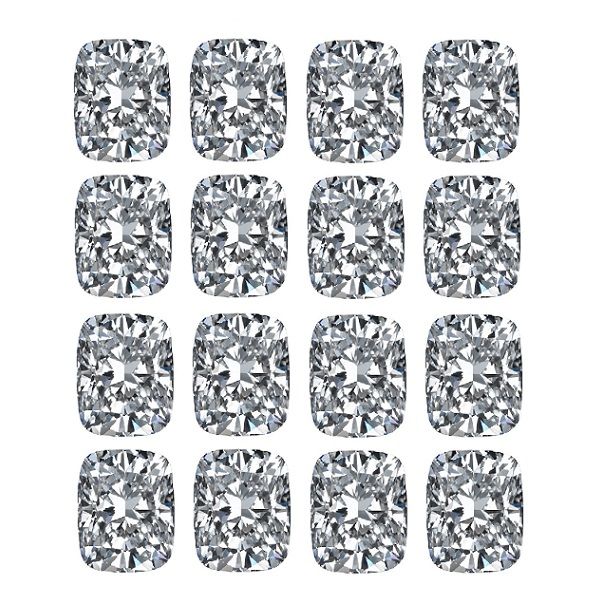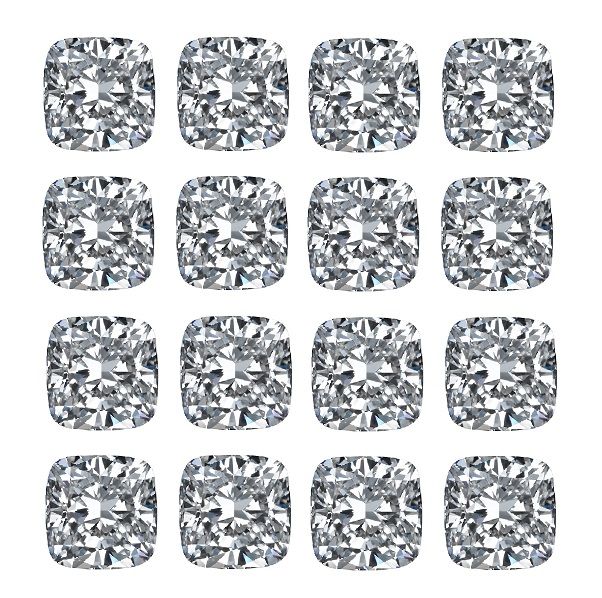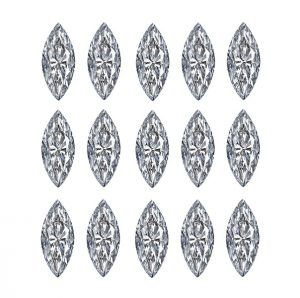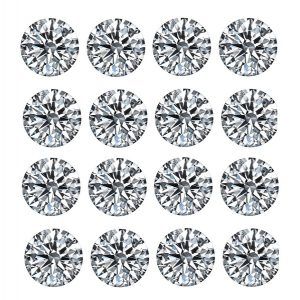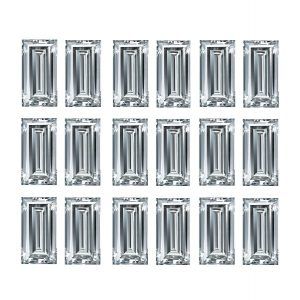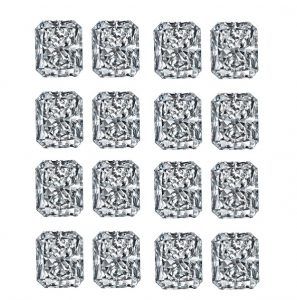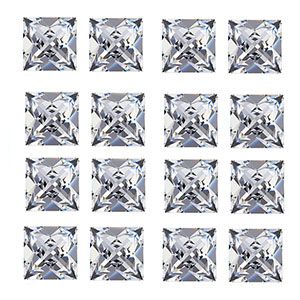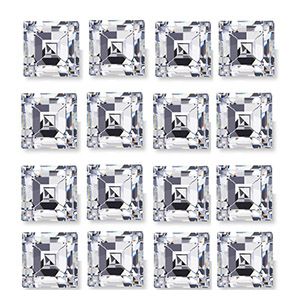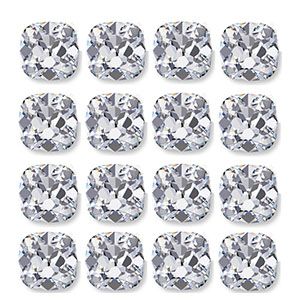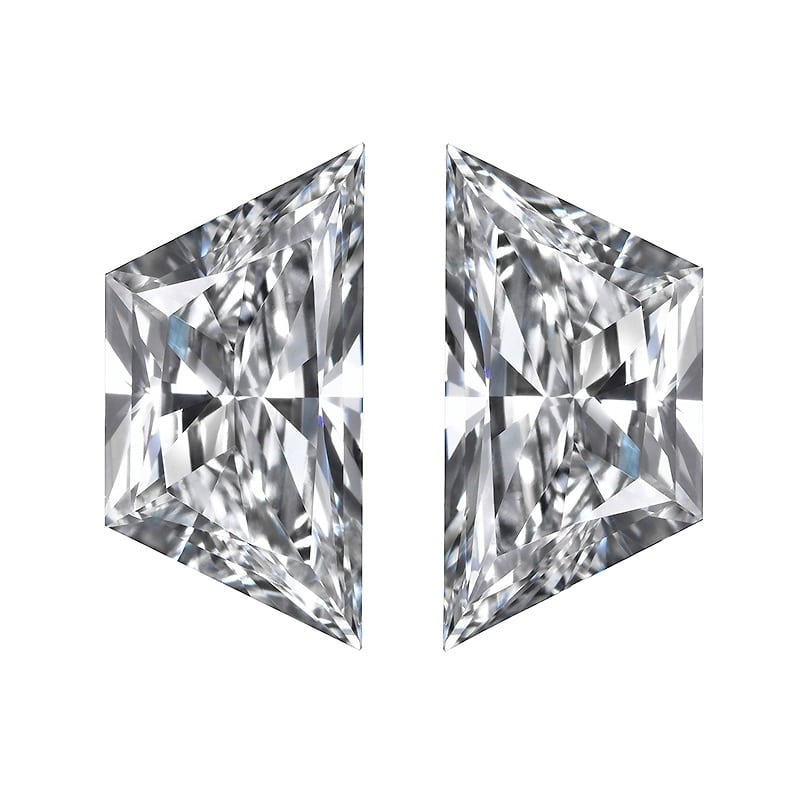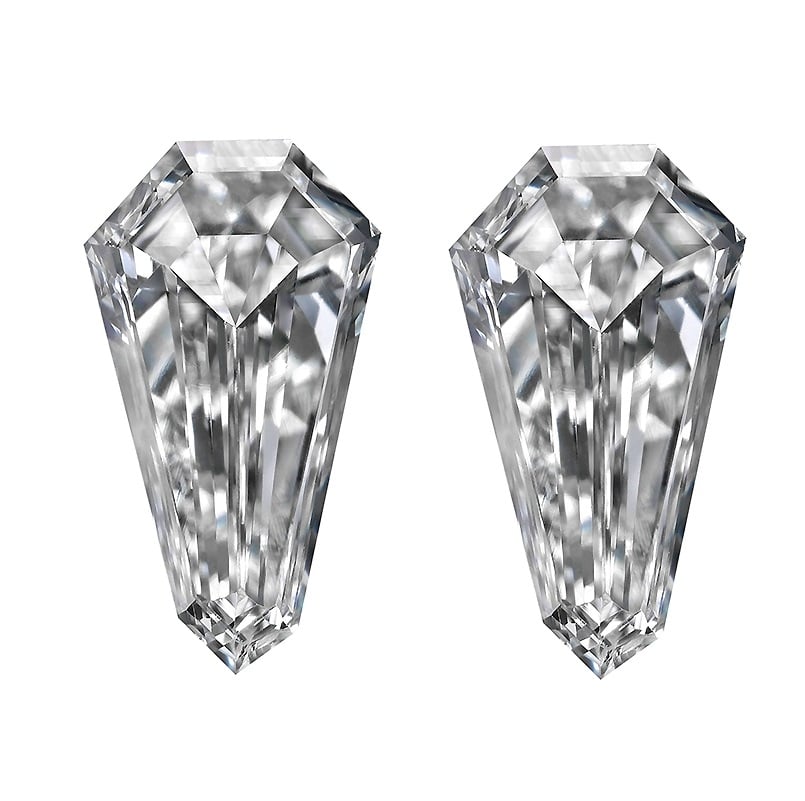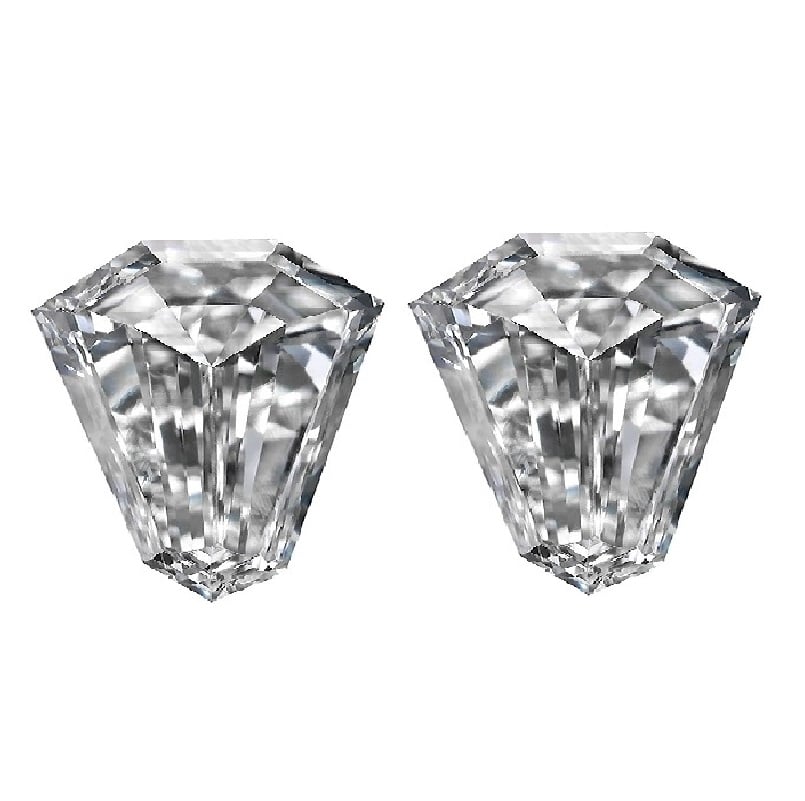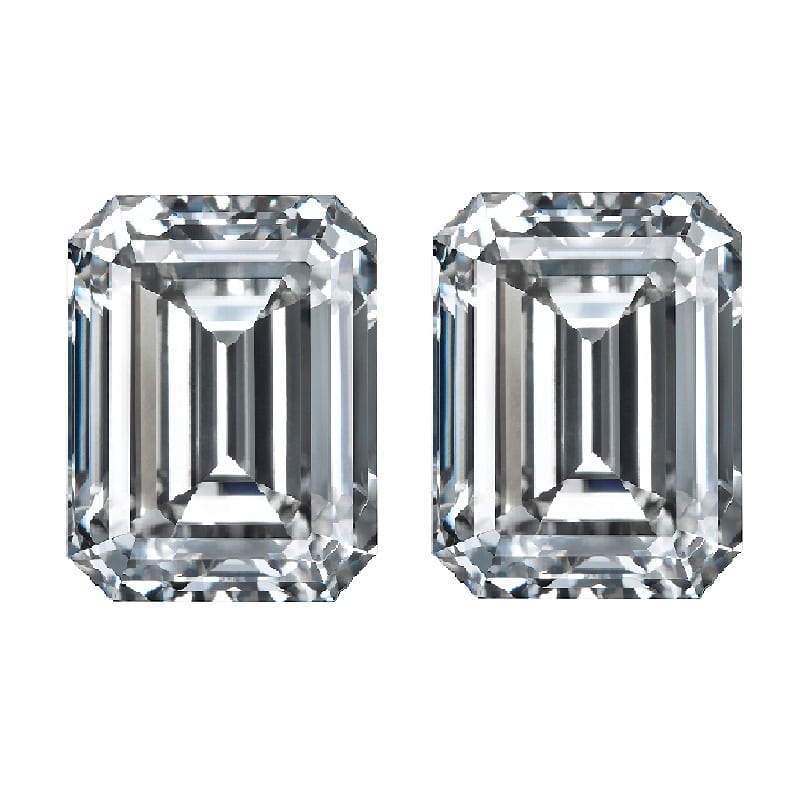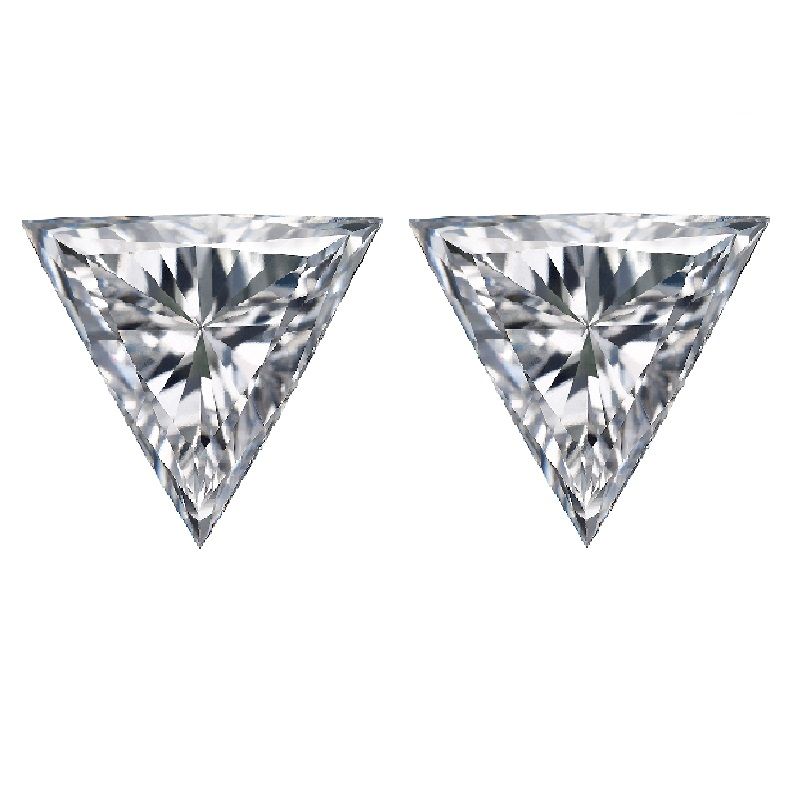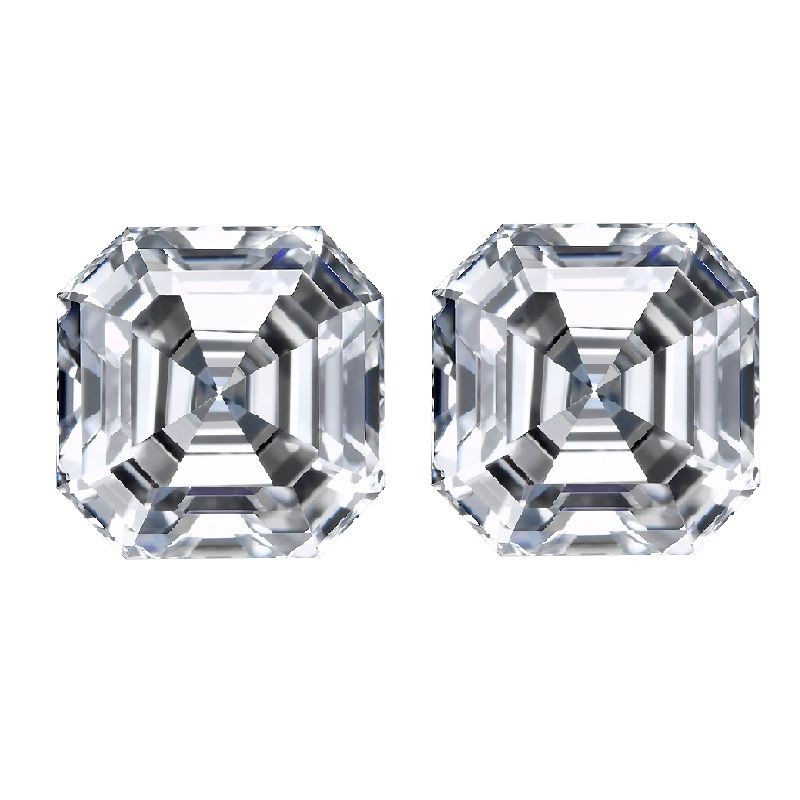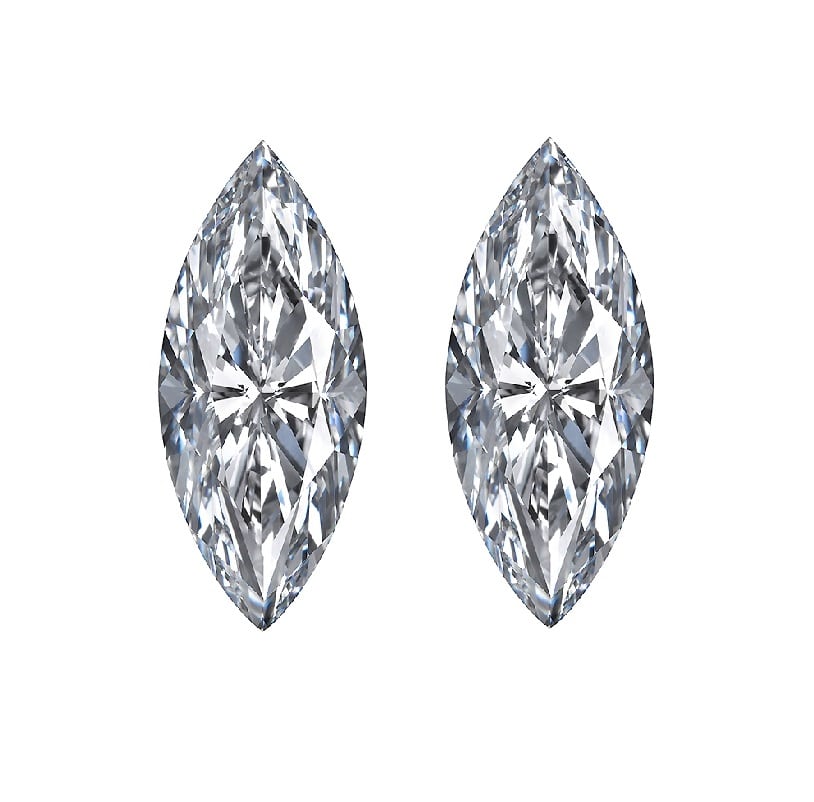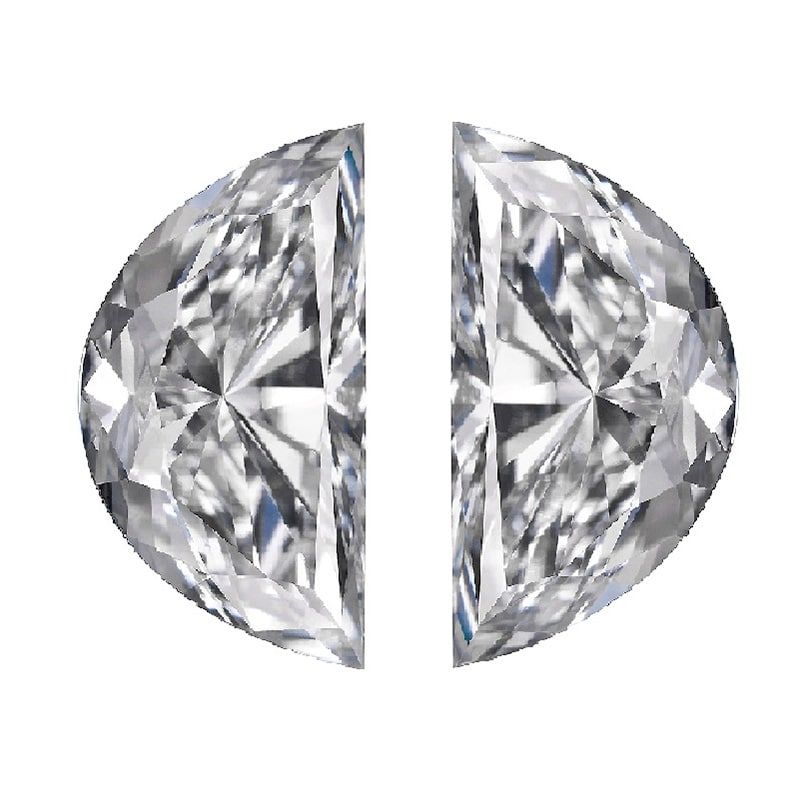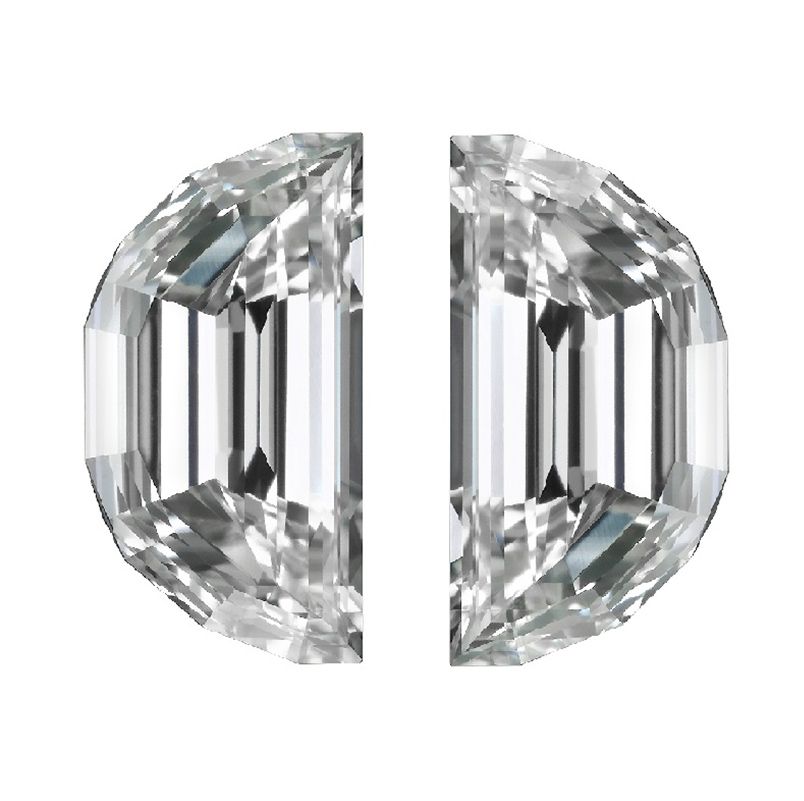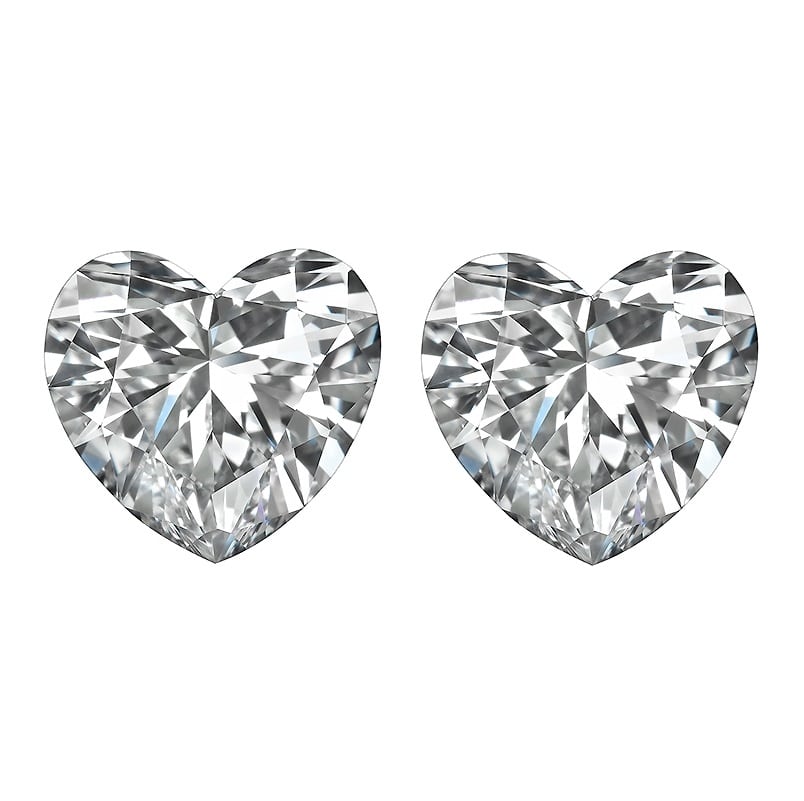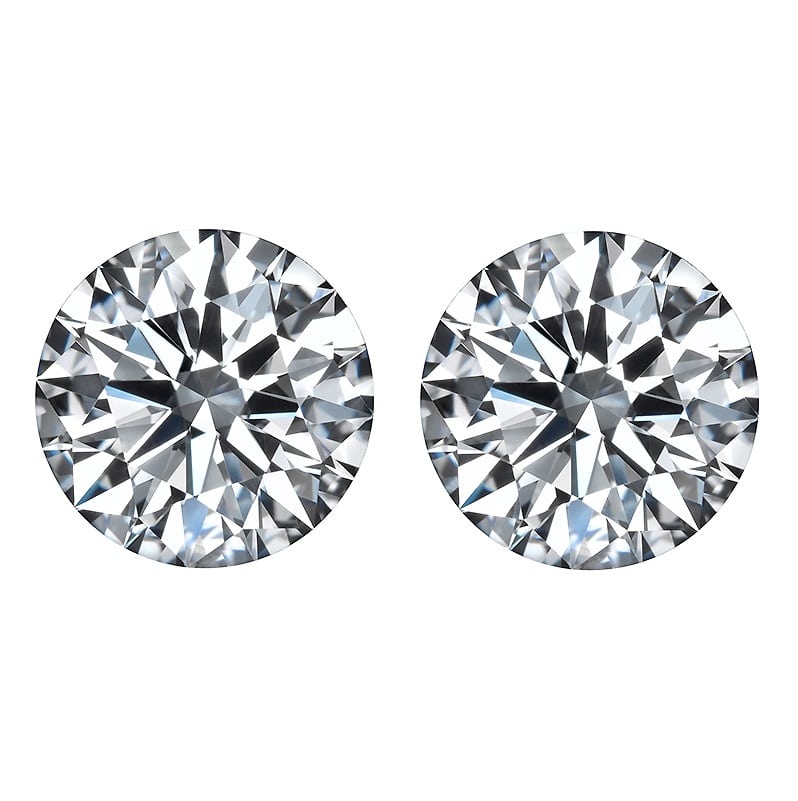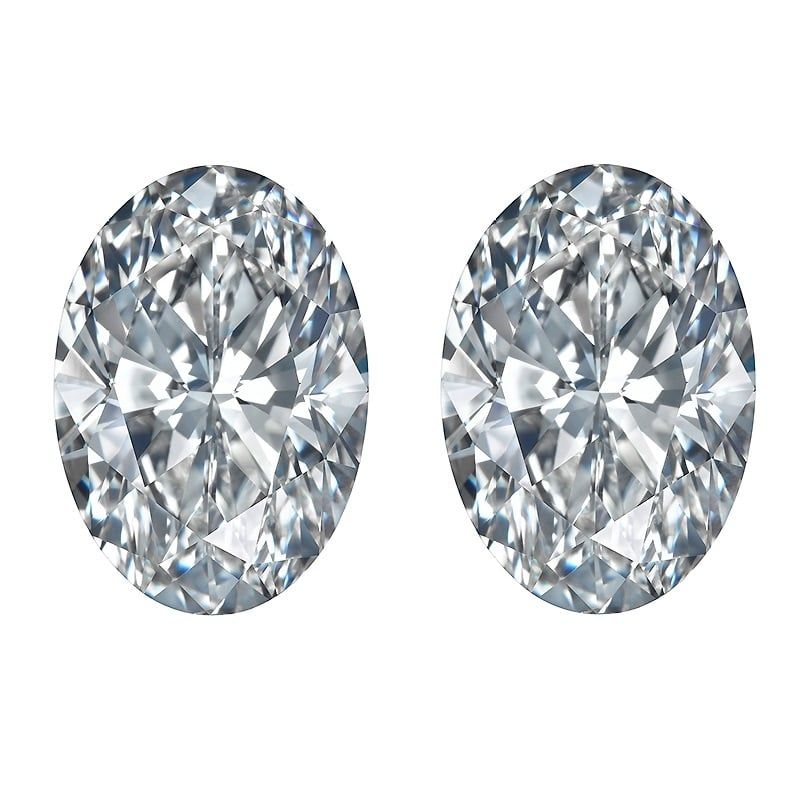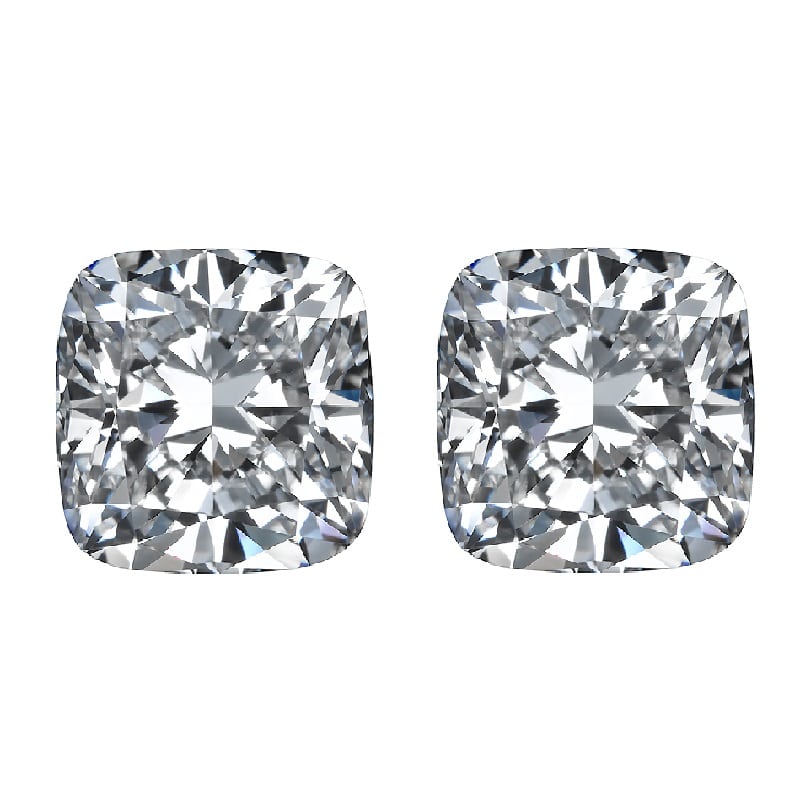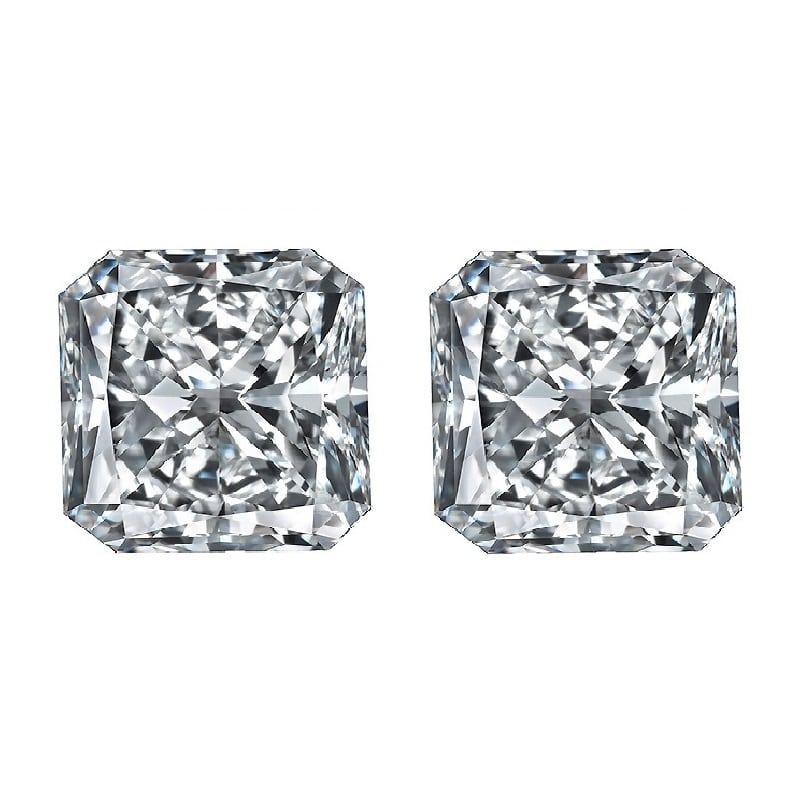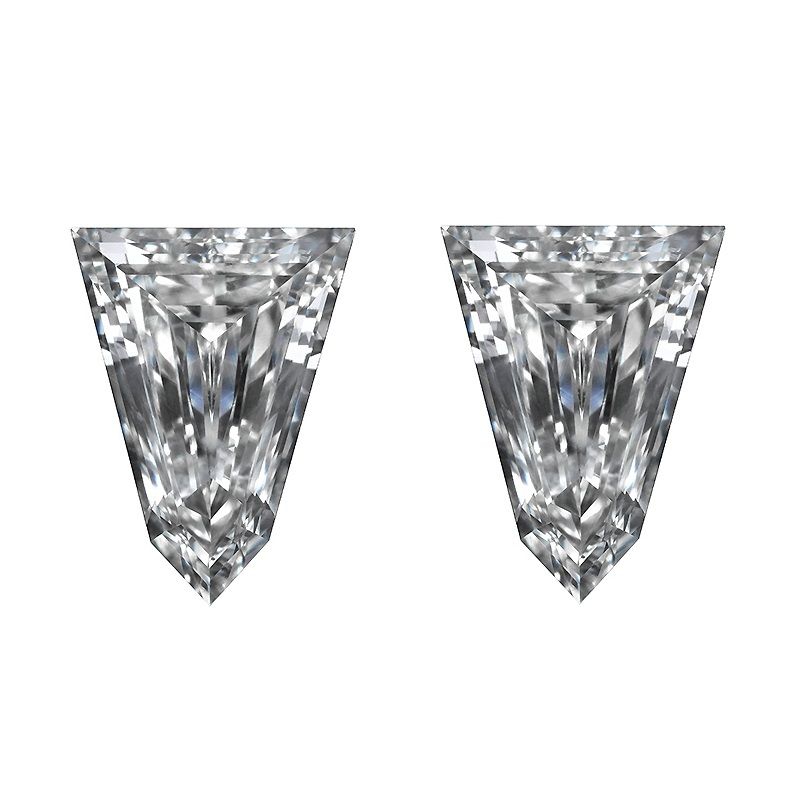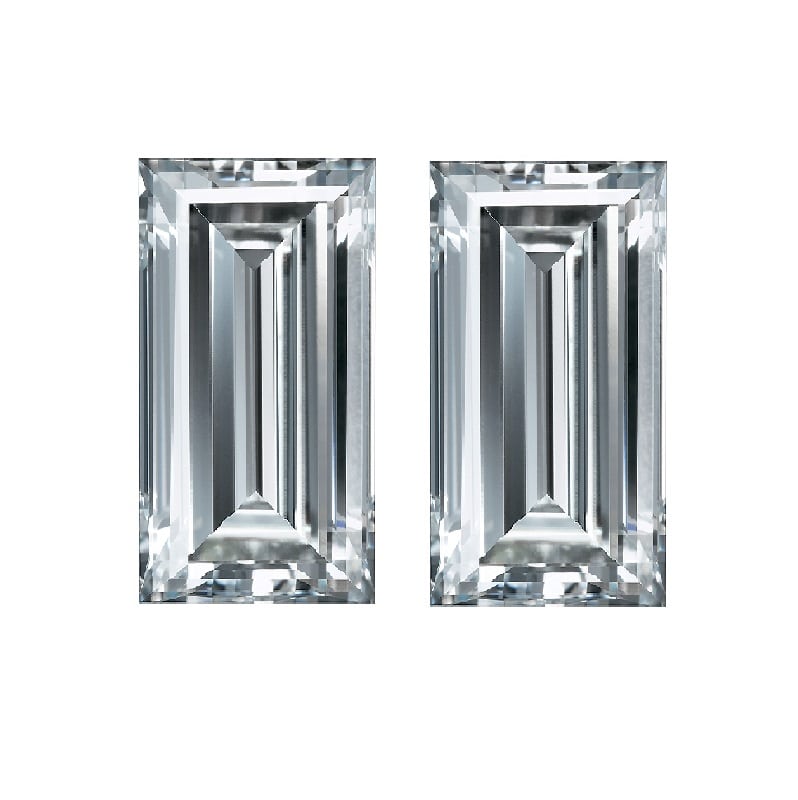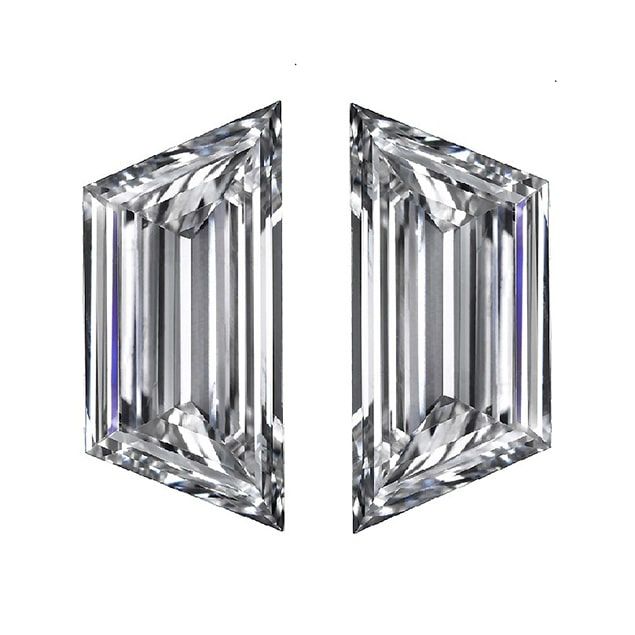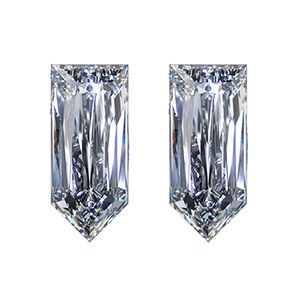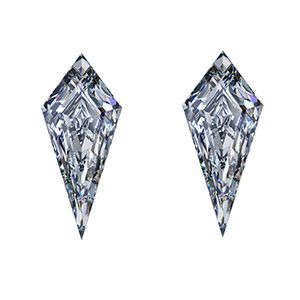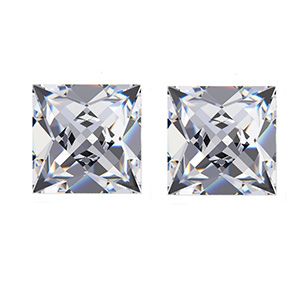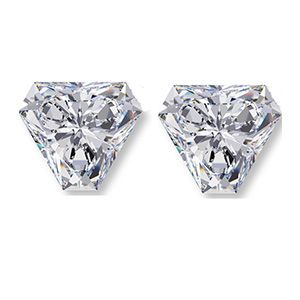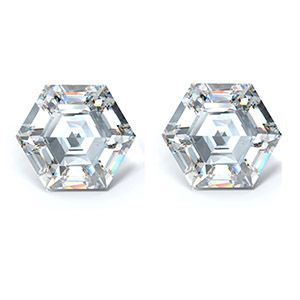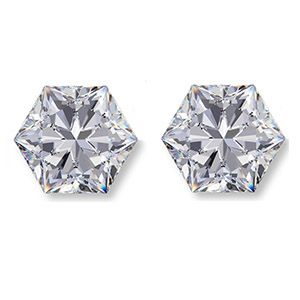4C's
Cut, Clarity, Color, Carat
Chances are more likely than not that you’ve heard about the famous 4C’S at some point in your life. When it comes to diamonds, there’s no other concept that is as crucial pre-purchase. But there’s a big difference between hearing about it, and knowing what the 4C’S actually mean and how they can aid you.
The 4C’s are the crucial factors that help measure the value of a diamond. They stand for: Cut, Clarity, Color and Carat (weight). Below you’ll find simple, yet highly effective explanations of what these factors mean.
Diamond Cut
What determines the quality of a diamond cut are three factors: cut, polish, and symmetry
Cut – Out of all the factors the quality of the cut itself is of the utmost importance. After all, it can be the differentiating factor between a diamond in perfect harmony with light, going in and reflecting back out and one that is somewhat “dead” as the light gets lost along the way.
Symmetry – Since we mentioned sparkle, symmetry can’t be overlooked. The inner working of a diamond must be symmetrical, most notably its facets. If they’re not in perfect synchronicity you are more than likely going to see a piece that has lost some of its value and appeal. Even one facet out of order is enough to effect the entire stone.
Polish – Following the process of ensuring symmetry, a diamond cutter begins polishing the piece. A tedious but worthwhile process of smoothing out every single facet of the diamond. If you take the classic round brilliant cut, for example, the cutter goes through all 58 facets and making sure that they’re as smooth as can be, with the goal of making them clear as glass, to maximize the optimal light retention for the customer.
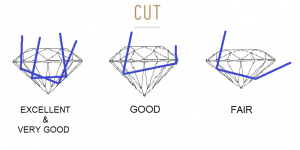
Diamond Color
The color grading of diamonds is often misunderstood. Why?, Because in diamonds what is actually being graded is their lack of color. The more colorless your diamond is, the more added value, prestige, and of course price. The Colors are rated on a letter based scale (see scale). The highest level is D which means it has no degree of color whatsoever, and as you progress downwards you get progressively more yellowish hues which as a result diminish its value. The scale provided and general principles hold true to white diamonds only.
Determining the color of a diamond once it is already set in a jewelry piece is an incredibly difficult thing to do. This holds true for even the most experienced professionals in the field and you will get a very rough estimation at best.
Fluorescence – While not known to most first time purchasers, fluorescence plays a major role in the coloration of diamonds, but what does it mean?
Certain diamonds have a fluroscent nature which means that when you expose them the ultraviolet (you many know them as UV) rays be it through natural sunlight or fluorescent lamps, they start displaying a blueish light, and in some rare cases even an orange or yellow light.
While it is true that when the source of UV is removed the diamond exhibits no signs of this behaviour, in some cases, especially in high-grade diamonds, the fluorescence gives a blurry effect which makes them less desirable and ultimately less valuable.
Nature also provides us with natural colored diamond known as Fancy Colored, formed naturally from the earth in exotic colors like green, black, blue, pink, red, and yellow. Fancy Colored Diamonds are considered exceptionally rare, depending on their color and quality. Naturally, the more rare the color, the more valuable it becomes.

Diamond Clarity
Diamond Clarity is a world in and of itself combining external and internal factors. When viewing the internal world we notice that most diamonds exhibit varying degrees of flaws in the form of inclusions, (with diamonds graded FL/IF which translate to flawless and internal flawless being the exception).
Inclusions is a rather general term which covers many unique types of flaws such as: Cloud, Needles, Pinpoints, Crystals, Gletz, Twinning Wisp, and many more.
The external world describes as a general rule, inclusions that are much easier to spot and tend to diminish the value of a diamond more severely. Inclusions in the external include: Wheel Marks, Scratches, Natural Burn Marks, and more.
During your purchase of a diamond, you will find a diagram provided by a gemological certification. Its internal inclusions will be marked red, while the external marked green. The clarity grading process uses 10x magnification as a base using a loupe. Gemologists, on the other hand, incorporate microscopes to aid them in finding the accurate locations of the inclusions. And of course, some inclusions depending on how big they are or where they’re positioned can even be seen through naked eyes.
See the clarity scale provided, it goes from FL(Flawless) to I3 (Included). As it goes down, the clarity progressively decreases and so will its price.
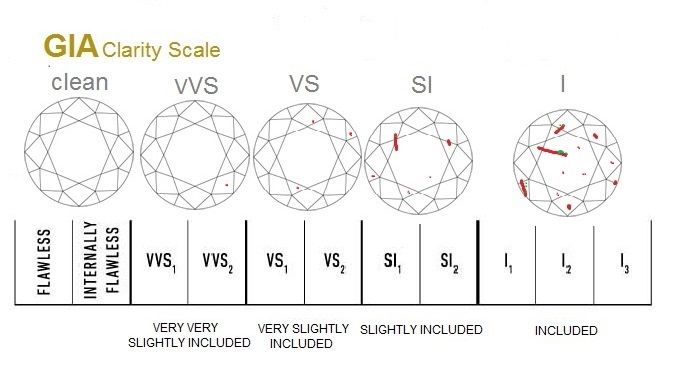
Diamond Carat
The literal size of a diamond matters greatly. As its weight increases – so will it’s pricing. That’s where the Carat measuring system kicks in. It is important to remember that settling for only one of the 4C’s is not enough. The value will ultimately be decided by all 4 with all their respected factors.

